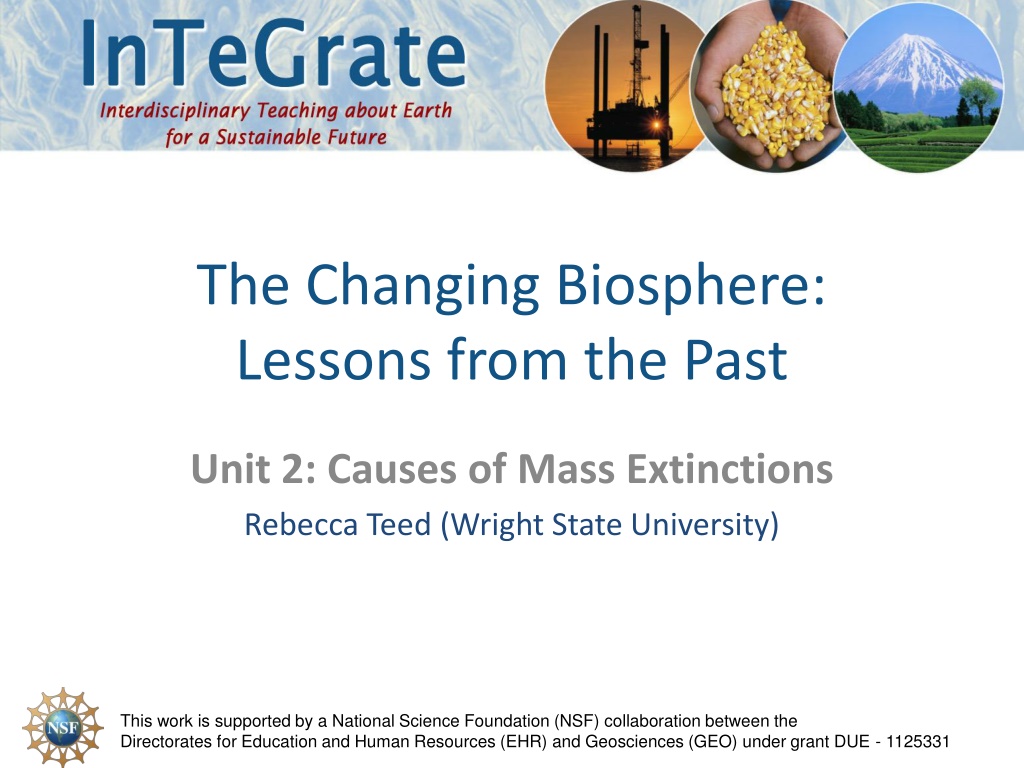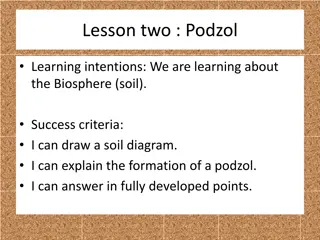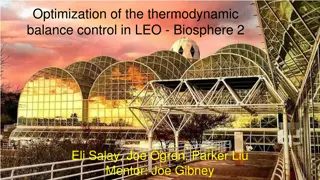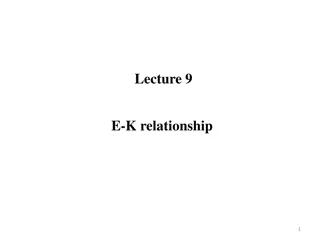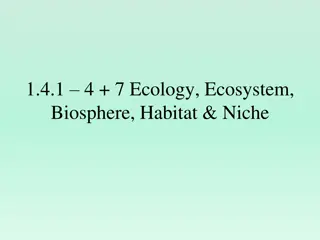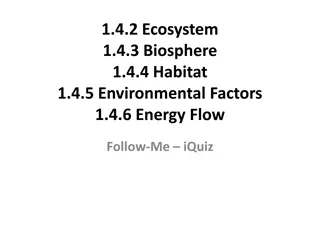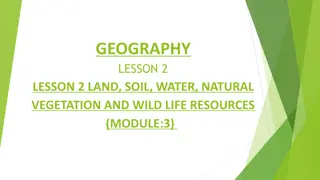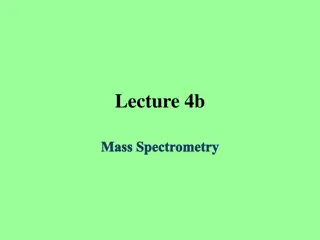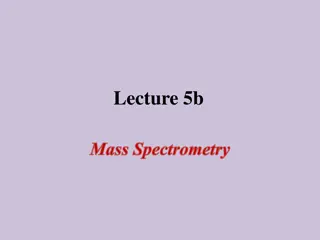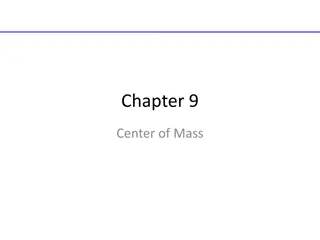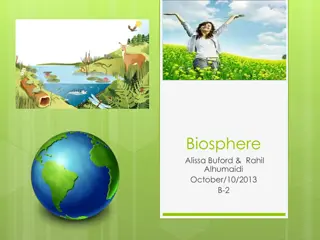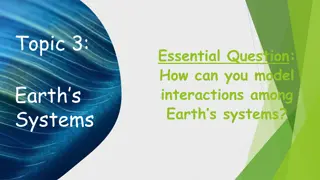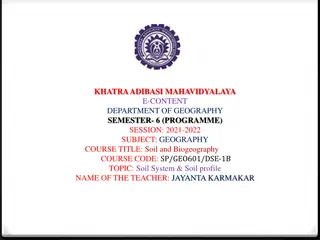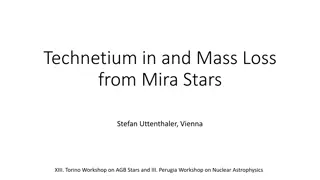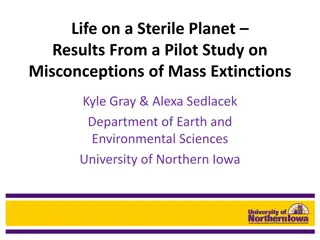Causes of Mass Extinctions in The Changing Biosphere
Explore the causes of mass extinctions through flood-basalt eruptions and meteor impacts in "The Changing Biosphere: Lessons from the Past" unit. Learn about the effects, evidence, and comparisons of ancient mass extinctions, supported by a National Science Foundation collaboration.
Download Presentation

Please find below an Image/Link to download the presentation.
The content on the website is provided AS IS for your information and personal use only. It may not be sold, licensed, or shared on other websites without obtaining consent from the author. Download presentation by click this link. If you encounter any issues during the download, it is possible that the publisher has removed the file from their server.
E N D
Presentation Transcript
The Changing Biosphere: Lessons from the Past Unit 2: Causes of Mass Extinctions Rebecca Teed (Wright State University) This work is supported by a National Science Foundation (NSF) collaboration between the Directorates for Education and Human Resources (EHR) and Geosciences (GEO) under grant DUE - 1125331
Objectives By the end of this exercise, you should be able to: 1. Explain how the effects of either flood-basalt eruptions or meteor impacts could cause a mass extinction. 2. Describe evidence for flood-basalt eruptions or massive impacts at the end of one of the ancient mass extinctions. 3. Describe the probable effects of a flood-basalt eruption or a massive impact. 4. Compare and contrast the end-Permian and end-Cretaceous ancient mass extinctions.
0) Reading Groups This step is complete! A. End-Cretaceous flood basalts B. End-Permian flood basalts C. End-Cretaceous impact D. End-Permian potential impacts Label your nametag or index card with your reading group letter so you can form new groups easily.
SuperTeams Assigned by your Instructor Contain at least 1 student each from: A. End-Cretaceous flood basalts B. Late-Permian flood basalts C. End-Cretaceous impact D. Late-Permian potential impacts Groups should be 4 students (there can be groups of 5). You will break into smaller sub-groups.
Step 1) Understanding Causes Within your SuperTeam, split into pairs Flood basalts: student(s) from grp A & student(s) from grp B Massive Impacts: student(s) from grp C & student(s) from grp D You will work in pairs or in a group of 3 for this step and the next.
1) Questions - 10 min. Flood Basalt Group Massive Impact Group a) How do flood-basalt eruptions differ from other volcanic eruptions? How could flood-basalt eruptions lead to global extinctions of whole families of organisms on land and in the sea? What evidence tells about the timing and extent of these particular eruptions? a) How could asteroid impact lead to global extinctions of whole families of organisms on land and in the sea? Are there alternative explanations for the formation of either of these sites? What is the evidence for impact at each site? How convincing is it? Remember to take notes on your discussion. b) b) c) c)
2) Sample Venn Diagram Things that are only true of impacts More things that are only true of flood- basalt eruptions are true of both types Things that are Flood-Basalt Eruptions Massive Impacts of event Things that are only true of flood- basalt eruptions Other things that are only true of impacts
10 minutes 2) Recombine by Time Period Recombine into new pairs, still in your SuperTeam Permian: student(s) from grp B & from grp D Cretaceous: student(s) from grp A & from grp C Work as a pair or in a group of 3 Compare & Contrast with a Venn Diagram How are the proposed causes similar and different? How are their effects similar and different? Is there good evidence for either event occurring and causing your extinction?
2) Potential Causes 10 minutes Only Flood-Basalt Eruptions Only Both Massive Impacts Causes Effects Evidence Permian or Cretaceous?
3) Ancient Mass Extinctions 15 minutes Whole SuperTeam What do you think caused each one? How do you think they were similar or different in terms of the atmosphere/oceans/ food chain, etc.? Were the extinctions similar or different in severity, duration, etc.? Is there similar evidence to explain what happened in both cases? Or different?
3) Ancient Mass Extinctions 15 minutes End- Permian End- Cretaceous Causes Effects Evidence
Things to Consider Is humanity prepared to deal with a flood- basalt eruption today? Is humanity prepared to deal with a massive impact? These questions and more on your homework!
